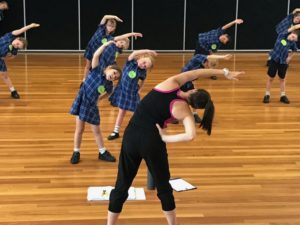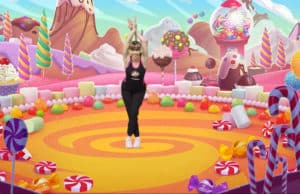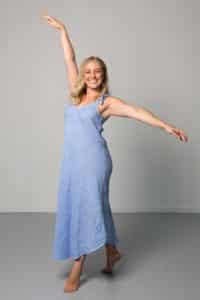The real value of dance in school curriculum
We sometimes hear people moaning about dance in school curriculum. It’s as if they cannot understand or fathom the true value dance brings to children in school and how it contributes to their learning. We’ve heard parents say there is no place for the arts in education, that it should focus primarily on maths and sciences to keep up with tomorrow’s world.
Dance can help children mature physically, emotionally, socially and cognitively. While the physical benefits of dance are widely known and accepted, it’s the emotional, social and cognitive attributes that are only now becoming more appreciated.
First let’s start with the basics.
Dance embodies one of our most primal relationships with the universe (I know that sounds all woo woo). But you know as well as I that dance has been around for centuries. What’s more, dance starts to emerge in children often before spoken words are formed. It is innate in children before they possess command over their language to move, sway and jump around. Dance can be evoked in children (and indeed adults) when thoughts or emotions are too powerful for words. How many times do you see children get up and just start moving and dancing when they hear music or see something else that inspires them?
So we know children move naturally – they do it to get mobile and keep up with other children. They use movement and their body to communicate. One could say that dance is a natural way for children to learn and it is a basic form of cultural expression.
Here at Dance Cart, we teach dance in school curriculum because we want to see children grow in confidence as they learn moves, develop physically and become risk-takers and creative thinkers. But are these skills enough to validate a subject in the curriculum? Are they valued skills necessary in the workforce of the future?
The World Economic Forum identified the most in-demand skills for the future of work and there were three top of the list that dance actively contributes to and develops in children, namely creativity, emotional intelligence and coordinating with others.
Creativity
Dance helps children tap into their creative side of the brain which, in turn grows its ability to think in a more creative way. Already in the workplace, employers are looking for creativity in their staff. It’s not just about the arts, it’s about having a confidence to express yourself and thinking creatively.
Emotional intelligence
You learn how to create and understand emotion through dance. Dance helps children more readily identify and manage their own emotions, as well as the emotions of others. In the workplace, the value is in this emotional awareness, the ability to harness emotions and apply them to tasks like thinking and problem solving and finally, the ability to manage emotions. This is all about understanding and interpreting human emotions, your own and others. What better way to learn and develop these skills than through dance from a young age?
Coordinating with others
Dance is all about coordinating movement often with others, whether it’s a dance partner or part of a dance troupe. Children learn about body language and how to interpret it. In the workplace, this is about people and communication skills and having an awareness of others, their strengths and weaknesses. Understanding human body language plays a huge role in professional life.
So there you have it, just a quick blog that shares our belief in the value of dance in school curriculum. We feel great knowing our vision is in line with that of the World Economic Forum and international educational specialists striving to create education today for the workforce of tomorrow.



